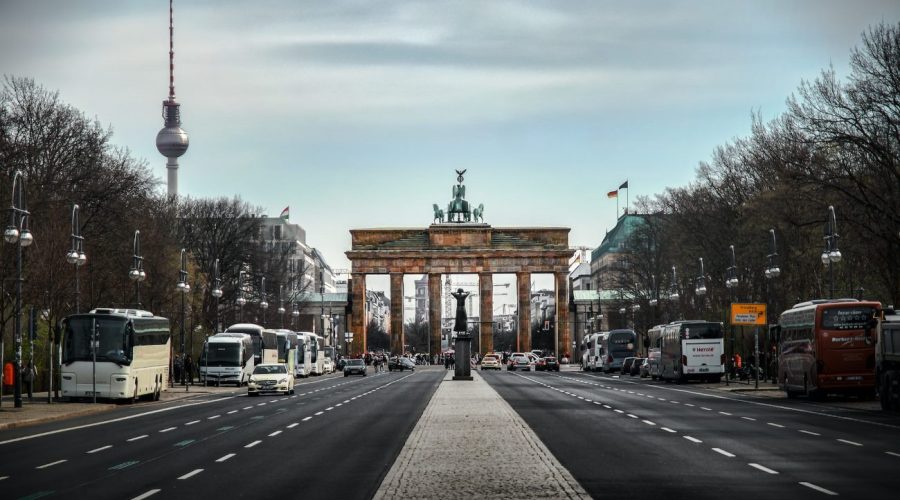The Fascinating History of the Berlin Subway
Introduction
This narrative transports readers to a chronological expedition which investigates the comprehensive historical background of Berlin subway transportation systems. Since its modest origins the Berlin subway evolved into a key transportation network which continues to influence Berlin’s urban progress today.
The Beginnings
The Berlin subway known as the U-Bahn first started its operations during the late 19th century. History shows that U1 started operations in 1902 to connect Potsdamer Platz with Zoologischer Garten. Back in 1902 Berlin’s subway network consisted merely of several kilometers of track yet continued to build up its operations as the population grew alongside urban development.
The original subway trains functioned by steam power until electric power systems took over. Electric trains brought faster more reliable as well as cleaner transportation to all Berliners.
Growth and Expansion
During the entire 20th century the Berlin subway network expanded through the addition of new lines and stations throughout its areas. U-Bahn construction built vital connections between all Berlin districts while enabling citizens to reach the city center easily.
Berlin experienced the fallout of Cold War segregation when the Berlin Wall cut the city into East and West Berlin sections which cut off several subway transportation routes and stations from service. Reunification right after the wall came down allowed officials to restore connection throughout Berlin into the current functional subway network.
Architecture and Design
Both functional performance and architectural design elements have made the Berlin subway system internationally famous. The stations reflect distinct architectural designs from different time periods during which the subway has operated.
The U-Bahn station located at Alexanderplatz displays modernist architectural elements from the 1920s period. Passengers traveling through the U-Bahn station at Zoologischer Garten experience combined Art Nouveau and Art Deco design elements.
The Future of the Berlin Subway
The Berlin subway stays active in developing solutions for both residents and visitors of the city. The city implements expansion strategies to both construct additional subway lines along with extending current ones. The upcoming project involves building the U5 line that merges Alexanderplatz with the Brandenburg Gate.
Berlin subway stations are becoming more accessible as personnel install elevators along with ramps to benefit every passenger. The Berlin subway system works to make itself a usable transport system that includes everybody who uses it.
Tips for Using the Berlin Subway
- To save money and achieve effortless commuting purchase tickets in advance with a travel card.
- Check the zones for ticket purchase because it determines what fare you must pay according to your destination.
- To navigate the subway efficiently you should consult the subway map that displays all active lines.
- Check when the subway system operates because selected lines do not provide service throughout the entire day and night.
- You should mind your fellow travelers while prioritizing seat availability for those who need it. It will show proper respect.
Conclusion
More than providing transportation between points the Berlin subway system acts like a historical legacy of urban evolution in Berlin. Berlin’s subway system began its history during the steam engine era and now operates as an electric network that serves as an essential component of Berlin’s development. During your travels around Berlin dedicate your time to understand the remarkable design excellence of the Berlin subway system.
Table of Contents



